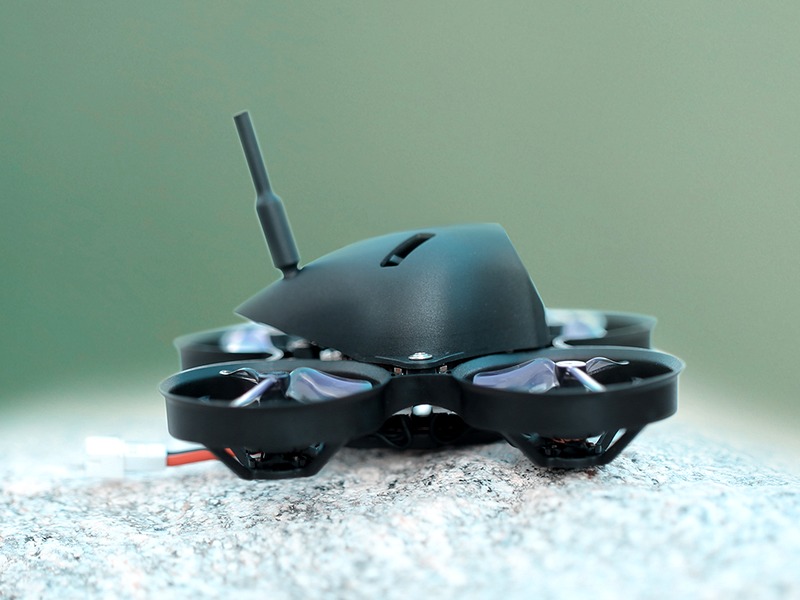Is it easy to be a drone pilot?

Being a drone pilot is not easy. There is a lot of training involved and the types of drones that a pilot can fly vary greatly. Depending on the type of drone, the skill level and experience required to safely fly it can vary widely. The current FAA (Federal Aviation Administration) regulations for drone operation can also be daunting for a pilot to navigate at first.
The best way to become a drone pilot is to start small. There are many hobby drone models that are widely available and are great tools to build experience and confidence while learning the basics of operating a drone. As a pilot gains experience, they can move on to larger, more capable drones.
Before a pilot can even start flying, they must first become familiar with the FAA regulations. The regulations differ depending on if the pilot is flying a drone for commercial purposes or recreational purposes. For commercial drone pilots, the FAA requires that they pass an aeronautical knowledge and safety test, as well as obtain a license to fly.
It is also important for a drone pilot to understand the various types of drones and how they work. Different drones have different capabilities and require different levels of skill and experience to fly safely. The larger professional-grade drones have more complex components and often require a more in-depth understanding of aviation and electronics to operate safely.
In addition to understanding the technical aspects of drones, it is also important for the pilot to have an understanding of the regulations and responsibilities associated with drone flight. This includes knowing where drones are allowed to fly, how to safely interact with other aircraft, and what safety measures need to be taken before and during a flight.
Once a pilot has obtained the necessary licenses, gained experience, and become familiar with the regulations, they can begin to take on more complex drone missions. This may involve performing search and rescue missions or surveying a large area. For these missions, it may require the pilot to have additional training or experience to safely complete the task.
In conclusion, it is not easy to become a drone pilot. There is a lot of training and experience required to safely fly a drone. A pilot must understand the regulations and responsibilities associated with flying a drone as well as the different types of drones and how they work. With the right training and dedication, a pilot can become a skilled and competent drone pilot.
Comments / Question
2. High Pay: Drone pilots can make a good living, depending on the type of work they do.
3. Variety of Work: Drone pilots can work in a variety of industries, from agriculture to filmmaking.
4. Cutting-Edge Technology: Drone pilots get to work with the latest technology and stay up-to-date on the latest trends.
5. Job Security: Drone pilots are in high demand, so there is a good chance of job security.
6. Creative Outlet: Drone pilots get to be creative and explore their artistic side.
2. Operational Restrictions: Drone pilots must be aware of the local regulations that may restrict where and how they can fly their drone. Restrictions can include flying over certain areas, such as airports, or flying at certain altitudes or distances from other objects.
3. Technical Problems: Drone pilots must ensure that the drone is properly maintained, as technical problems can arise that can cause the drone to malfunction or crash.
4. Weather: Poor weather conditions such as high winds or rain can reduce visibility and make it difficult to operate the drone safely.
5. Collisions: Drone pilots should take care to avoid collisions with other objects in the sky, as well as other aircraft. Collisions can cause significant damage to both the drone and the other object.

